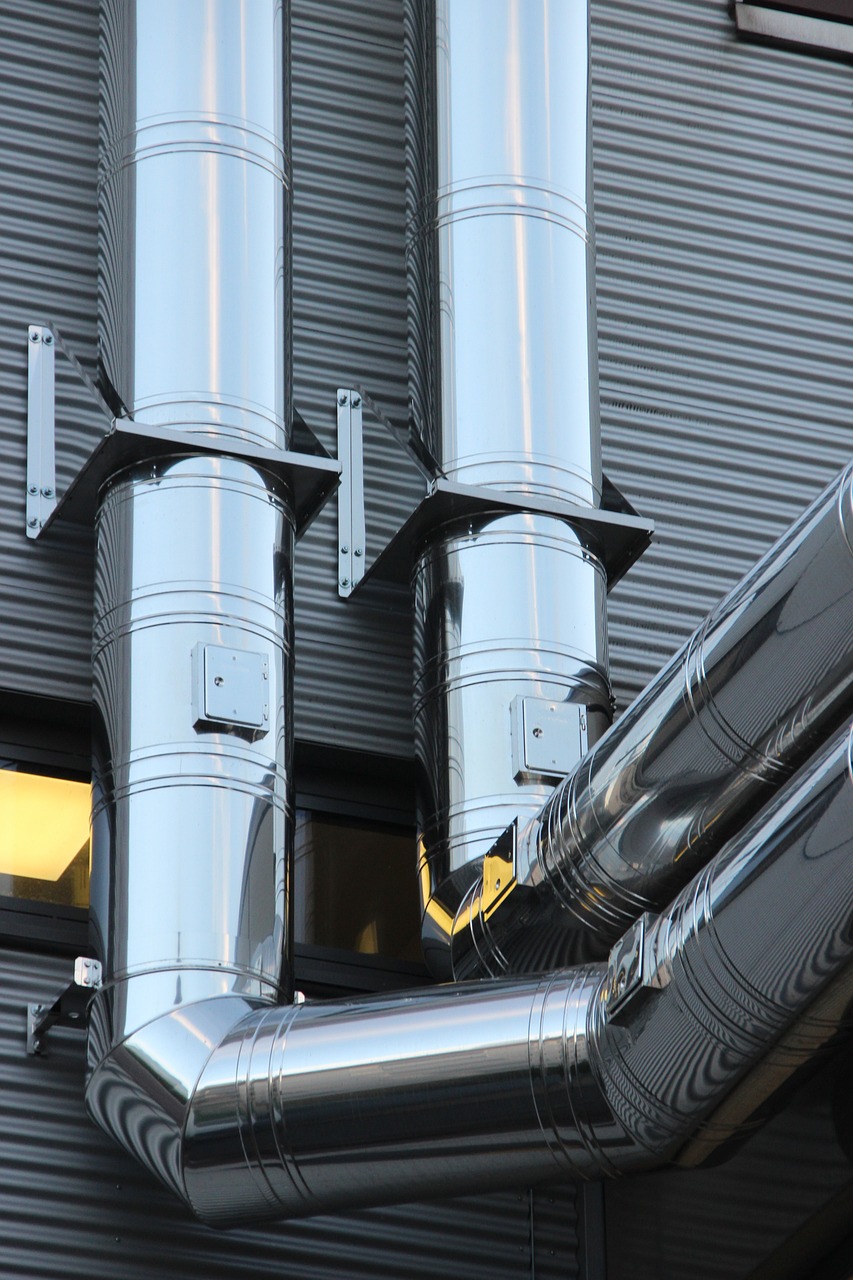-
About
-
Our Brand
-
Products
-
Community
Community
Blog
Blog
Types and characteristics of austenitic stainless steel
- Writer
- STEELTOPIA
- Date
- 23-09-08

Stainless steel is categorized into two main groups based on its primary components: chromium-based and chromium-nickel-based. From a metallographic perspective, it can be further divided into austenitic, ferritic, martensitic, duplex (or super duplex), and precipitation-hardening groups.
Today, the article will introduce the characteristics of austenitic stainless steel, which is the most common stainless steel material.
What Is Austenitic Stainless Steel?
Austenitic stainless steel is primarily composed of iron (Fe) and contains various key elements, including chromium, nickel, manganese, and carbon. Chromium is the primary alloying element, typically comprising between 16% and 26% of the steel's mass. Nickel is another significant alloying element, with a range of 6% to 22%. Manganese is often added, usually in proportions ranging from 2% to 6%. The carbon content is low, typically below 0.08%. Additionally, small amounts of secondary alloying elements like molybdenum, nitrogen, silicon, phosphorus, and sulfur are commonly present.
The austenitic structure of this steel is characterized by a face-centered cubic (FCC) crystalline lattice, which imparts unique properties to the steel. Interestingly, this structure also renders austenitic stainless steel non-magnetic, despite its primary constituents, which include iron, chromium (which becomes paramagnetic at high temperatures), and nickel (which is ferromagnetic).
Among the various grades, the Cr-Ni grades of stainless steel are versatile and are primarily alloyed with chromium and nickel, excluding molybdenum. These grades are sometimes referred to as 18-8 stainless steels, indicating their approximate chromium and nickel content, respectively. They undergo a solution annealing heat treatment at elevated temperatures to maintain a stable austenitic structure. This results in excellent corrosion resistance, formability, and weldability, making them suitable for a wide range of applications.
Charactersistics of Austenitic Staintless Steel
The distinctive characteristics of austenitic stainless steel include:
- Exceptional corrosion resistance, especially in the face of corrosive environments like acids, alkalis, and chlorides.
- Non-magnetic properties when subjected to annealing.
- Remarkable formability, allowing for a wide range of metalworking processes.
- Reliable performance at cryogenic temperatures, maintaining toughness and ductility even in extremely cold conditions.
- Impressive high-temperature strength—certain grades retain their mechanical properties, such as strength and resistance to deformation, at elevated temperatures.
- Hygienic and resistant to contaminants; the smooth, non-porous, and unreactive surface of austenitic stainless steel simplifies cleaning and maintenance.
- Excellent weldability, particularly in low-carbon grades like 304L and 316L, with minimal sensitization (carbide formation at grain boundaries).
- Endless recyclability without any degradation in its properties.
Below is a list of characteristics and applications, focusing on commonly used types of austenitic stainless steel.
Grade |
Component characteristics |
Properties and uses |
SUS 301 |
17Cr-7Ni |
Through cold processing, it exhibits high strength, used in railway vehicles, belt conveyors, nuts, springs, and similar applications. |
SUS 301L |
17Cr-7Ni-LC-N |
Excellent resistance to intergranular corrosion and weldability, commonly used in railway vehicles, among other applications. |
SUS 304 |
18Cr-8Ni |
Stainless steel, known for its heat resistance, finds widespread use with good mechanical properties in applications such as food equipment, automotive components, general chemical equipment, and the nuclear industry. |
SUS 304L |
18Cr-9Ni-LC |
A low-carbon steel of SUS304 with excellent resistance to intergranular corrosion and does not require heat treatment after welding. It is used in heat-resistant components for storage devices (chemical, laundry, petroleum industries, etc.) |
SUS 309S |
22Cr-12Ni |
By increasing the amounts of chromium and nickel while reducing the carbon content compared to SUS304, it exhibits superior corrosion resistance to SUS304. However, it is often used as a heat-resistant steel. Applications include chemical industry equipment, welding wires, exhaust pipes, and more. |
SUS 310S |
25Cr-20N |
It has the lowest chromium content and exhibits excellent resistance to oxidation compared to SUS309S, but it is often used as a heat-resistant steel. Common applications include sulfuric acid tanks, chemical industry equipment, resistors, and incinerators, etc. |
SUS 316 |
18Cr-12Ni-2.5Mo |
It exhibits excellent corrosion resistance compared to SUS304 in various media such as seawater and has outstanding high-temperature strength. It is commonly used in manufacturing equipment for the paper industry, chemical fibers, synthetic resins, dyes, fertilizers, as well as in the food industry and as exterior materials for coastal buildings, etc. |
SUS316L |
18Cr-12Ni-2.5Mo |
A low-carbon steel with the properties of SUS316, providing resistance to intergranular corrosion. It is used in corrosive environments in industries such as fertilizer, chemical fiber, and paper manufacturing, as well as in products where post-weld heat treatment is challenging. |
SUS317 |
18Cr-12Ni-3.5Mo |
Exhibits superior corrosion resistance compared to SUS316, used in materials for dyeing equipment and more. |
SUS321 |
18Cr-9Ni-Ti |
Enhanced with the addition of titanium to improve resistance to intergranular corrosion, it is used in applications such as heat exchangers and aircraft piping, etc. |
SUS347 | 18Cr-9Ni-Nb | Adding niobium(Nb) to increase my digestive system's functionality. |
The information provided on this webpage is intended solely for informational purposes. Steeltopia does not make any explicit or implied representations or warranties regarding the accuracy, comprehensiveness, or validity of this information.


 HOME
HOME